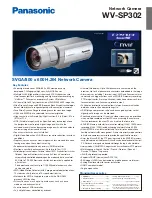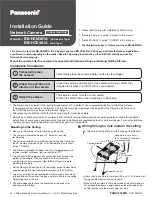
1-12
NTP authentication requires that the authentication keys configured for the server and the client be the
same. Besides, the authentication keys must be trusted keys. Otherwise, the clock of the client cannot
be synchronized with that of the server.
Configuring NTP authentication on the server
Table 1-12
Configure NTP authentication on the server
Operation
Command
Description
Enter system view
system-view
—
Enable NTP authentication
ntp-service
authentication
enable
Required
Disabled by default.
Configure an NTP
authentication key
ntp-service
authentication-keyid
key-id
authentication-mode
md5
value
Required
By default, no NTP authentication
key is configured.
Configure the specified key
as a trusted key
ntp-service reliable
authentication-keyid key-id
Required
By default, no trusted authentication
key is configured.
Enter VLAN interface view
interface
Vlan-interface
vlan-id
—
Configure on
the NTP
broadcast
server
ntp-service
broadcast-server
authentication-keyid
key-id
Associate
the specified
key with the
correspondi
ng
broadcast/m
ulticast client
Configure on
the NTP
multicast
server
ntp-service
multicast-server
authentication-keyid
key-id
z
In NTP broadcast server mode
and NTP multicast server mode,
you need to associate the
specified key with the
corresponding
broadcast/multicast client
z
You can associate an NTP
broadcast/multicast client with an
authentication key while
configuring NTP mode. You can
also use this command to
associate them after configuring
the NTP mode.
The procedure for configuring NTP authentication on the server is the same as that on the client.
Besides, the client and the server must be configured with the same authentication key.
















































